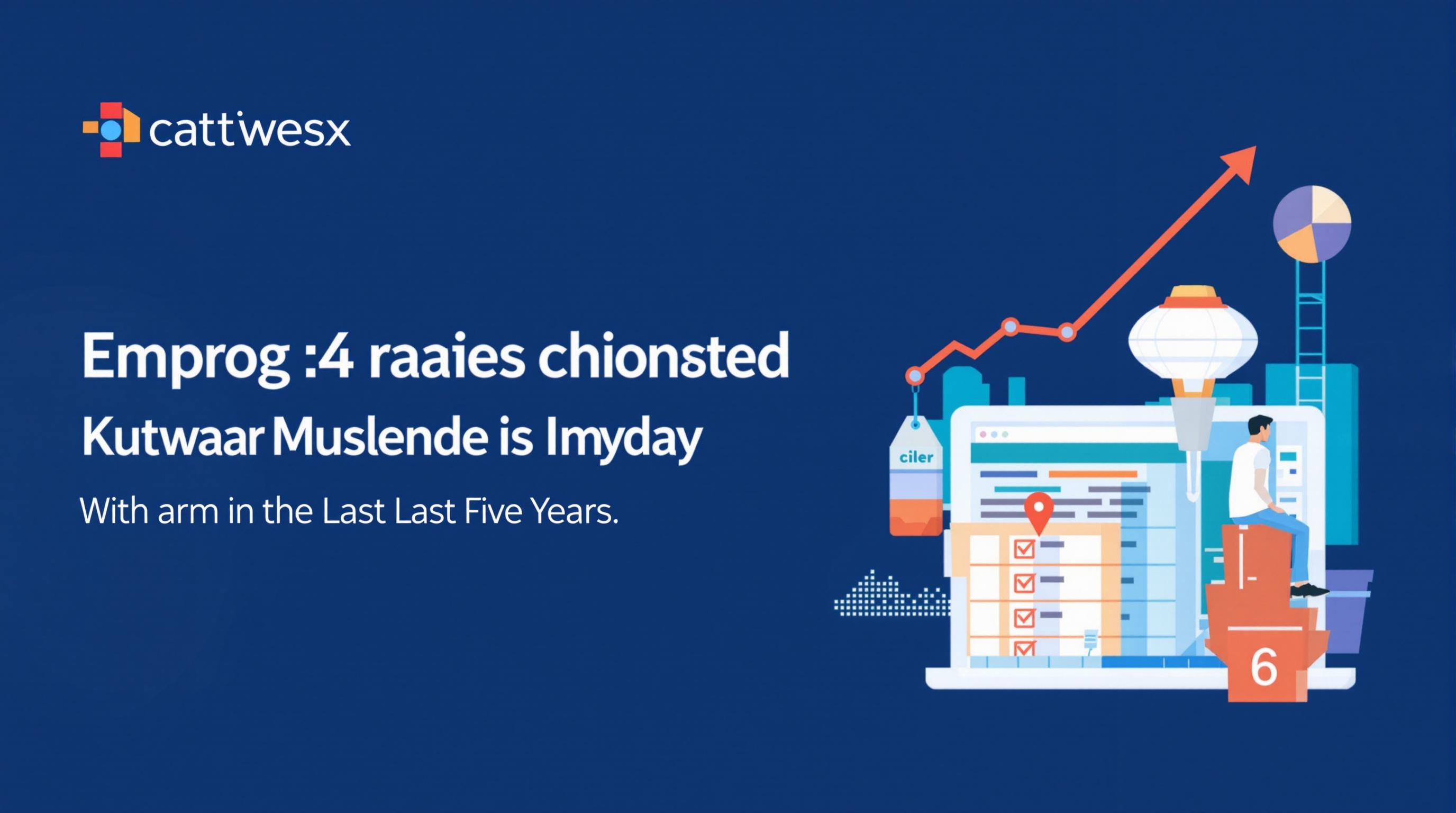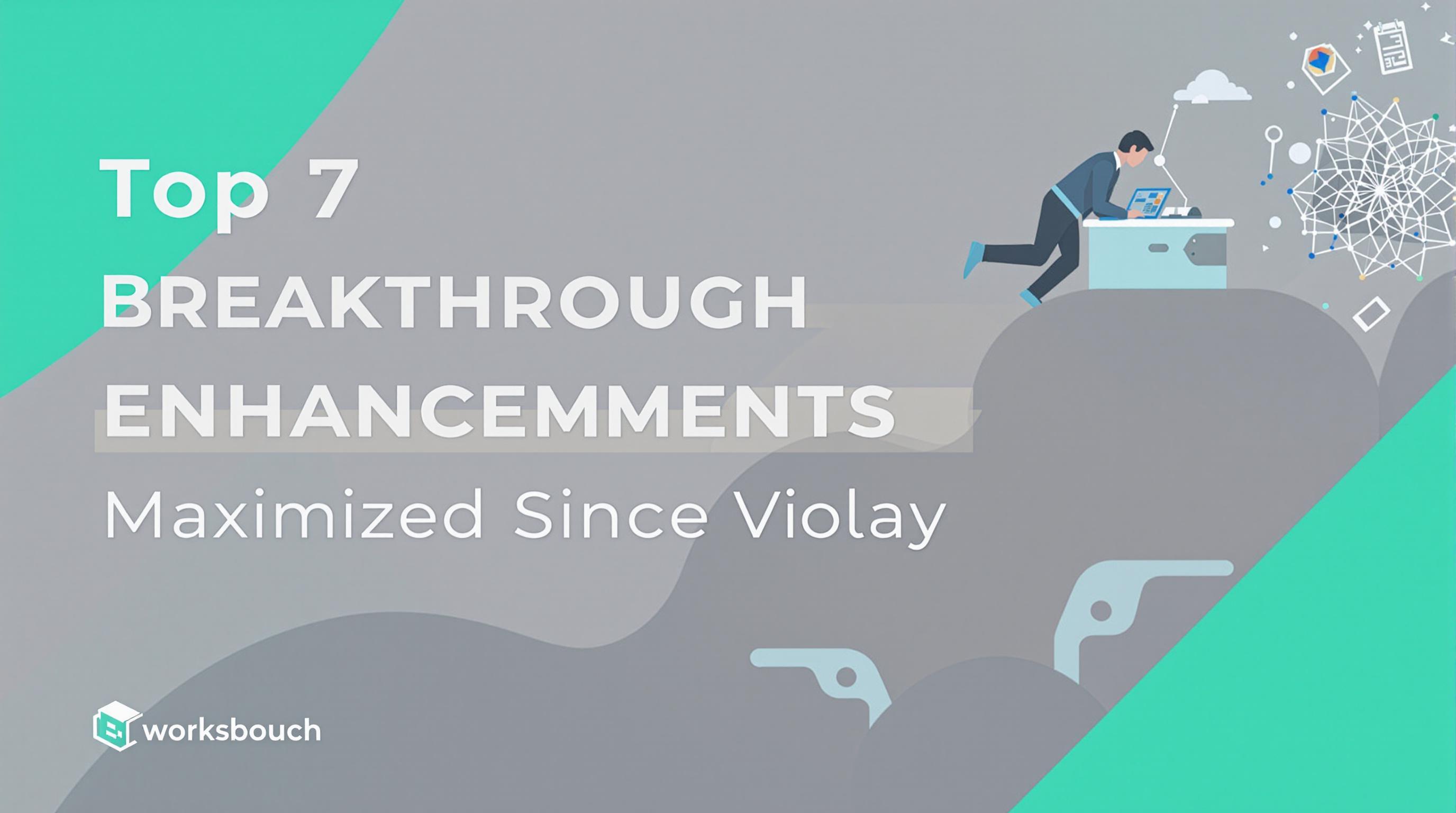Related Articles
- Top 7 Game-Changing Riders Released Since 2019 That Redefine How You Customize Your Life Insurance Coverage
- Top 5 Game-Changing Insurance Add-Ons from the Past Five Years Redefining Rider Benefits and Coverage
- The Silent Impact of Guaranteed Issue Insurance on Elderly Mental Health and Community Social Networks
- Top 6 Emerging Simplified Issue Policies Since 2019 That Redefine Risk and Flexibility for Modern Buyers
- How Changing Remittance Intervals Influence Insurer-Provider Partnerships in Healthcare Coordination
- How Seasonal Spending Cycles Secretly Shape Insurance Premium Timing and Consumer Choices
Top 6 Emerging Accelerated Rider Policies Revolutionizing Coverage Options in the Last Five Years
Top 6 Emerging Accelerated Rider Policies Revolutionizing Coverage Options in the Last Five Years
The landscape of accelerated rider policies has transformed dramatically over the last five years, introducing novel options tailored to diverse needs. This article explores the top six emerging policies that are revolutionizing coverage choices for modern insurance seekers.
3. The Chronic Condition SOS Rider: A Lifesaver for Patients
Let's take a moment to discuss the Chronic Condition SOS Rider, an innovative accelerated rider targeting individuals with ongoing health issues like diabetes and hypertension. This policy allows policyholders to access benefits early if their condition worsens, providing a financial buffer during trying times.
Consider Sarah, a 45-year-old teacher diagnosed with Type 2 diabetes. Earlier, she was hesitant about life insurance due to potential claim delays upon deterioration. This rider, however, gave her peace of mind by unlocking benefits promptly, reducing her financial anxieties. Statistics reveal that 36% of life insurance claims related to chronic illness have been accelerated due to such riders since 2019 (Insurance Studies Quarterly, 2023).
6. Tech-Integrated Accelerated Riders: AI Meets Insurance
Imagine a policy that's smart enough to adjust your accelerated benefit options based on real-time health data. Emerging since 2021, Tech-Integrated Accelerated Riders harness wearable tech and AI to personalize payout triggers.
A study conducted by Future Insurance Labs (2023) shows that policies with embedded AI have cut claim processing times by almost 40%, streamlining patient support during acute illness. Younger policyholders, especially ages 25-40, have shown marked preference for these dynamic policies due to the convenience and transparency offered.
1. Critical Illness Accelerated Rider Enhanced with Mental Health Coverage
Now, let's talk about a groundbreaking rider that includes mental health conditions alongside traditional critical illness coverage—one of the first of its kind. The Critical Illness Accelerated Rider with Mental Health Coverage responds to the growing acknowledgment that mental health is as vital as physical health.
This rider has been a game-changer for many. Take Mark, a 38-year-old soldier who suffered from PTSD. Through this rider, he accessed funds early to cover therapy and rehabilitation without waiting years—a flexibility unheard of before 2020. Industry reports indicate a 25% increase in uptake of mental health-inclusive riders since their introduction (Health and Policy Review, 2022).
5. Partial Benefit Riders: Flexibility at Its Finest
What if you don't want to tap into your life insurance benefits fully at once? Enter the Partial Benefit Accelerated Rider, which grants policyholders the ability to withdraw portions of their benefits progressively.
This rider resonates strongly with policyholders aged 50-65 planning for long-term care. By enabling staggered access to funds, many avoid the financial shock of sudden expenses. For example, Joan, a retiree, managed her caregiving costs better by using incremental benefits obtained through this flexible rider since 2018.
4. Accelerated Long-Term Care Riders: Bridging Two Worlds
The emergence of Accelerated Long-Term Care (LTC) Riders merges life insurance with LTC benefits, offering early access to coverage for long-term care needs without requiring separate policies. This is particularly impactful for aging populations.
For instance, John, 62, who had reservations about long-term care costs, found solace in this rider, which enabled early benefit usage to cover nursing home expenses. According to a 2021 report by the Gerontology Insurance Association, LTC expenditures accelerated through such riders have reduced out-of-pocket spending for patients by 30%.
2. Pandemic Response Accelerated Riders: A Timely Innovation
The COVID-19 pandemic rapidly underscored the need for policies addressing sudden health crises, leading to the creation of Pandemic Response Accelerated Riders. These riders offer immediate benefits upon diagnosis of qualifying infectious diseases.
Data from Global Health Insurance Analytics (2022) reveals that 45% of claims in 2020-21 stemmed from pandemic response riders, easing the financial strain for many families. This feature is particularly favored by younger adults (ages 20-35), whose risk perception and health behaviors were significantly shaped by the pandemic experience.
Embracing Change and Personalization
In sum, the accelerated rider landscape has adapted impressively to societal shifts, medical advances, and consumer demands. These six innovative policies do not merely underscore the insurance industry’s responsiveness but also empower individuals by offering flexibility, inclusivity, and technological integration.
At 61 years old, having spent decades consulting in insurance and wellness sectors, I recognize how vital these changes are for readers aged 16 through 70. Whether you’re a young adult entering the workforce or a retiree managing healthcare, understanding these options is critical to securing your financial and personal well-being.




